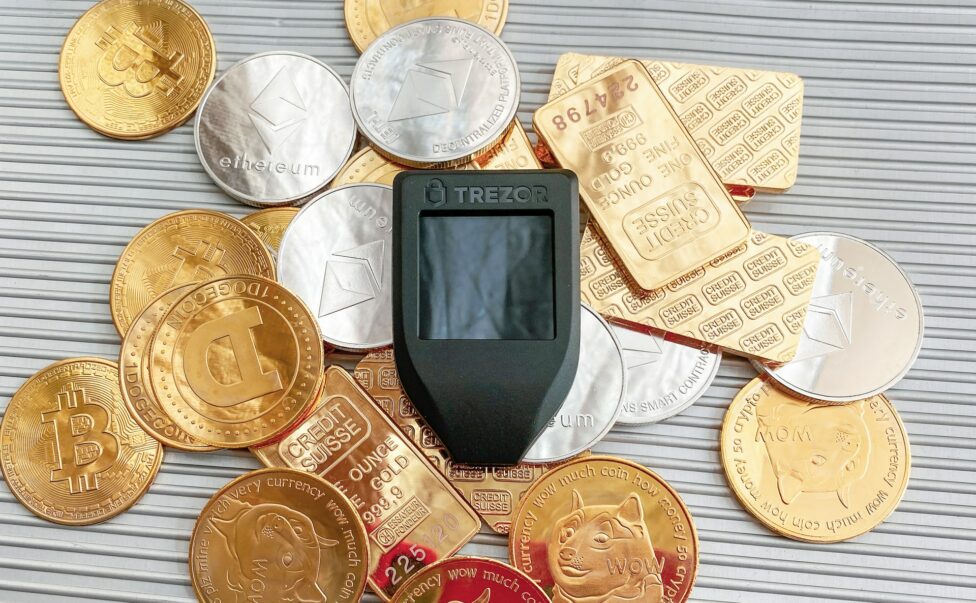Custodial vs Non-Custodial Cryptocurrency Exchanges
As crypto and digital asset popularity rise, more people seek exchanges to swap popular coins and get some benefits. For example, you can do so while trading coins like ETH to ADA at LetsExchnage.io. Most crypto users know of centralized custodial exchange giants like Binance, FTX, Crypto.com, OKX, etc. But what about non-custodial? From that point, let’s proceed with the topic and see the differences between these two exchanges.
Custodial Exchange: Pros and Downsides
Custodial refers to the fact that the platform holds your money in trust. At the same time, the platform’s wallet is where you keep your money. Such services own the coins in your name rather than managing the private keys to your assets.
You must put money into the platform’s hosted wallet with a platform before you start trading. The blockchain doesn’t keep track of your trades. They can only be carried out inside the network of the platform. The following are some more advantages of a custodial exchange:
- If there’s sufficient liquidity, transactions come out fast
- In-depth trading options
- An option to use money in the form of cash
- Lower transaction costs
- Users don’t need to create their wallets since an exchange provides it
In terms of disadvantages, the following are the most important ones:
- The private keys of users are not their own
- Concerns relating to personal security and privacy
- A transaction may be delayed if there’s insufficient liquidity
- Withdrawal fees
The bulk of the world’s leading exchanges, such as Binance and OKEx, provide custodial services. To use it, you’ll need to fully trust the company since it’ll have complete control of your assets.
Non-Custodial Exchange: Pros and Downsides
Trading aggregators are basically what non-custodial trading platforms are. They connect to several custodial exchanges through API and pull liquidity from them. Such services like LetsExchange.io don’t even require users to create accounts before they can start swapping crypto. That way, you can swap ADA to BTC or any other assets easily and quickly. In addition, you can have some extra features like the following:
- No registration or Know Your Customer (KYC) is needed for anonymity
- Your wallet serves as a barrier between you and your assets
- Since it works with multiple platforms, it can handle a wide range of coins
- Aggregated liquidity
- Fairest rates
- No withdrawal fees
So, non-custodial exchanges are a solution to mitigate privacy and security challenges. Users may access top centralized exchanges’ liquidity pools without registering or relying on off-chain transactions.
Only you are responsible for keeping your coins secure. As a result, your wallet is the safest place to store them since you’re in charge of your security. In addition, the platform doesn’t hold or handle your coins. So, even if the platform is compromised, your money is safe.
Final Thoughts
Which one to use depends on what the user wants. There are advantages and disadvantages to both approaches. For example, a custodial exchange provides additional trading options, whereas a non-custodial exchange enables you to exchange your currencies.
When managing your assets, custodial systems are simple and provide many options. Alternatively, you may get cryptos directly from non-custodial exchanges and keep your coins. Experienced users and crypto traders benefit from them. That’s because they already have some knowledge and can manage their trading effectively. At the same time, custodian exchange may be suitable for novices.
Summing up, always keep in mind your objectives, as well as any regulatory restrictions, risk tolerance, and degree of convenience that may be relevant. Also, gain new experiences and try to explore more if you can. Now, it’s time to take advantage of everything crypto offers.

